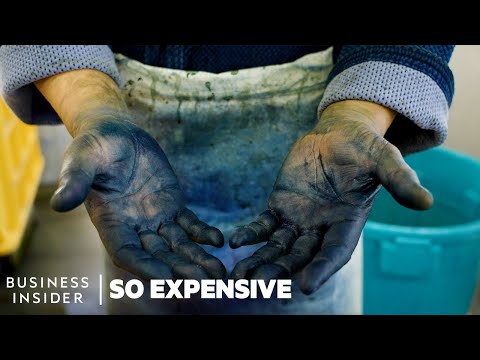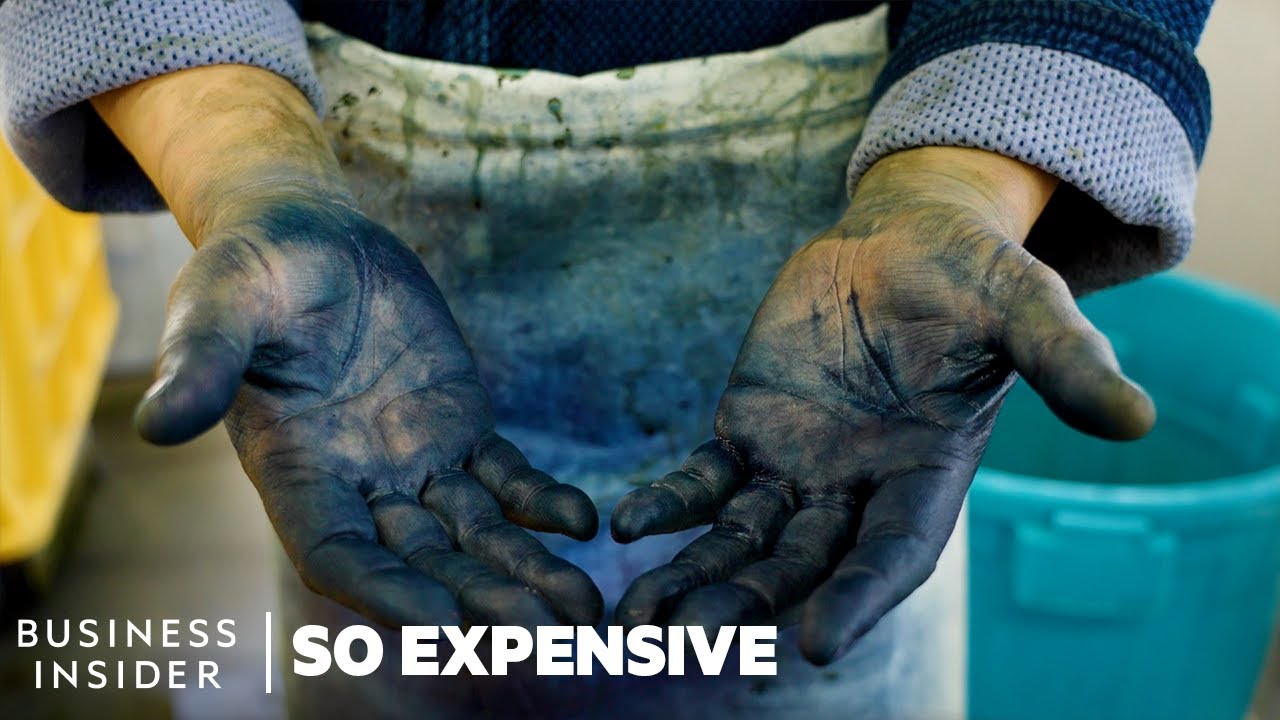Selvedge denim fabric is a true testament to the artistry and craftsmanship of traditional denim production. With its rich history dating back to the early 20th century, this fabric has gained a cult following among denim enthusiasts and fashion aficionados alike. What sets selvedge denim apart is its unique weaving technique, which creates a tightly woven edge that prevents fraying and unravelling. This attention to detail results in a fabric that is not only exceptionally durable but also boasts a distinctive and refined aesthetic. Selvedge denim is renowned for its characteristically tight weave, which produces a denser fabric that becomes softer and more comfortable with each wear. Its premium quality is further enhanced by the use of raw and unwashed denim, allowing the fabric to age beautifully over time and develop unique fading patterns that tell a personal story. Whether you’re a denim purist seeking authenticity or simply appreciate the timeless appeal of high-quality fabrics, selvedge denim is sure to captivate your senses and become a cherished addition to your wardrobe. Experience the allure of selvedge denim and indulge in a fabric that embodies tradition, durability, and unparalleled style.

The History of Selvedge Denim Fabric
Selvedge denim fabric, often referred to as selvage or self-edge, is a type of denim that is prized for its durability and unique characteristics. The term “selvedge” comes from the phrase “self-edge,” as the fabric is woven on traditional shuttle looms that create a tightly woven edge on both sides of the fabric. This article delves into the history, production, and qualities of selvedge denim fabric.
Production Process
The production of selvedge denim fabric is a meticulous and time-consuming process that involves using traditional shuttle looms. These shuttle looms, which have been used for centuries, create a tightly woven fabric with a self-edge. Unlike modern looms, shuttle looms produce narrower fabric rolls, typically around 30 inches wide, which results in a higher quality fabric.
One of the key characteristics of selvedge denim fabric is the distinct colored line that runs along the edge of the fabric. This colored line, often red, is created by using different colored threads in the weft of the fabric. This not only adds aesthetic appeal but also serves as a mark of authenticity and quality.
Quality and Durability
Selvedge denim fabric is known for its exceptional quality and durability. The tightly woven construction of the fabric makes it resistant to fraying and unraveling, ensuring that it lasts for years. Additionally, the use of higher quality cotton fibers and the absence of chemical treatments in the production process contribute to the fabric’s longevity.
Unlike mass-produced denim fabrics, selvedge denim is typically made from raw, unwashed cotton. This means that the fabric retains its natural color and stiffness, allowing it to mold and fade according to the wearer’s unique body shape and lifestyle. Over time, selvedge denim develops a personalized fade pattern, creating a truly one-of-a-kind garment.
Authenticity and Heritage
The popularity of selvedge denim fabric stems from its association with authenticity and heritage. The use of traditional shuttle looms and production techniques passed down through generations contributes to the fabric’s nostalgic appeal. Many denim enthusiasts seek out selvedge denim as a way to connect with the craftsmanship and tradition of the past.
Furthermore, selvedge denim fabric is often associated with high-end and luxury brands that prioritize quality and attention to detail. The limited production capacity of shuttle looms and the labor-intensive nature of the process make selvedge denim a coveted material among denim connoisseurs.
Sustainability and Environmental Impact
Selvedge denim fabric has gained attention for its sustainability compared to mass-produced denim. The use of natural fibers, lack of chemical treatments, and longer lifespan contribute to a reduced environmental impact. Additionally, some manufacturers of selvedge denim prioritize ethical and sustainable practices throughout their production process.
However, it is essential to note that not all selvedge denim is created equal in terms of sustainability. It is important to research and support brands that are transparent about their production processes and prioritize sustainable practices.
Caring for Selvedge Denim
To ensure the longevity of your selvedge denim garments, proper care is crucial. It is recommended to avoid frequent washing and instead spot clean when necessary. Washing should be done sparingly, using cold water and mild detergents. Hang drying or laying flat to dry helps maintain the fabric’s shape and prevents unnecessary wear.
Additionally, it is common practice to avoid alterations that involve cutting the fabric’s edges, as this would remove the selvedge detailing. Instead, cuffing or rolling the hems is a popular way to showcase the unique selvage edge.
In conclusion, selvedge denim fabric offers a unique blend of durability, authenticity, and sustainability. Its rich history and association with craftsmanship make it a sought-after material among denim enthusiasts. By understanding the production process and caring for selvedge denim garments, you can enjoy the longevity and distinctiveness of this remarkable fabric.
The Pricy Allure of Japanese Denim
Video Source : Insider Business
Selvedge Denim Fabric
Selvedge Denim Fabric
| Property | Description |
|---|---|
| Weave | Selvedge denim is woven using a traditional shuttle loom, which creates a tightly woven fabric with a self-finished edge. |
| Origin | The term “selvedge” is derived from “self-edge.” It was first produced in the late 19th century and became popular due to its durability and resistance to fraying. |
| Quality | Selvedge denim is known for its superior quality and craftsmanship. The denser weave results in a sturdy fabric that can withstand wear and tear, making it ideal for long-lasting garments. |
| Unique Edge | A hallmark of selvedge denim is its self-edge, which is created through a continuous weft thread running from one side to the other. This edge prevents the fabric from unraveling and adds a distinctive aesthetic appeal. |
| Narrow Width | Selvedge denim is traditionally narrower than other denim fabrics, typically around 30 inches wide. This narrow width allows for more efficient production on shuttle looms and contributes to its vintage charm. |
| Authentic Fading | Due to the denser weave and higher quality of selvedge denim, it tends to fade more authentically over time, showcasing unique patterns and enhancing the character of the garment. |
| Price | As a result of its superior quality and craftsmanship, selvedge denim is often priced higher than regular denim fabrics. However, the investment is justified by its durability and timeless appeal. |
Note: Selvedge denim enthusiasts appreciate the labor-intensive process and the heritage associated with this fabric. Its popularity among denim aficionados continues to rise, making it a sought-after choice for premium denim garments.

